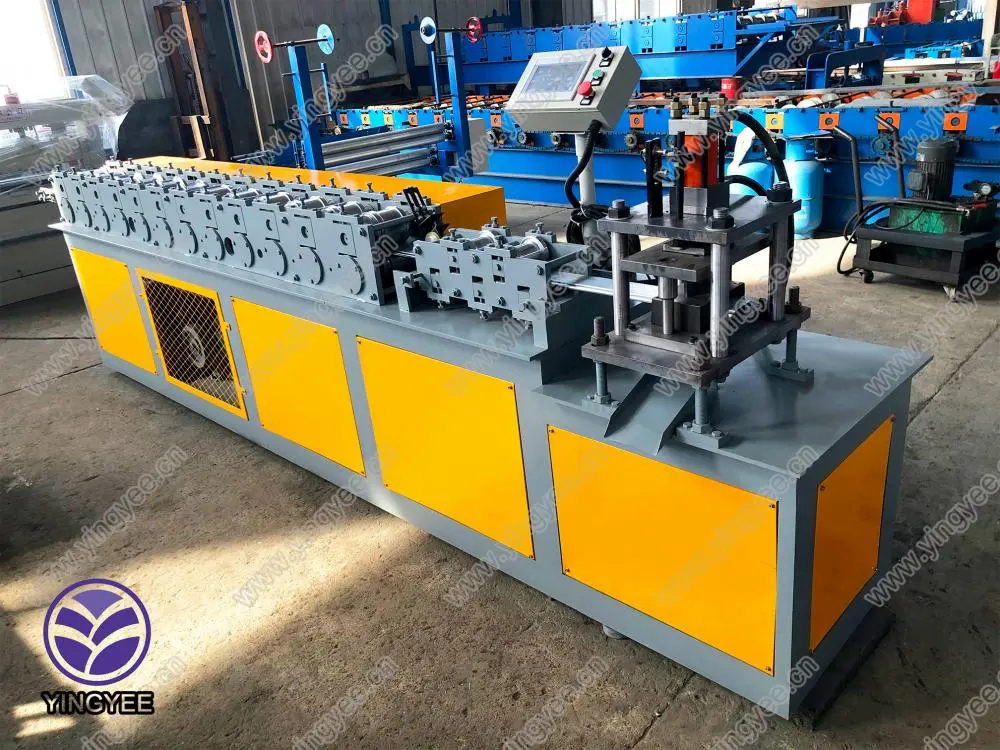
High-Speed Slitting Line Revolutionizing Metal Processing
In the realm of metal processing, the efficiency and precision of production lines are paramount to achieving high-quality results and meeting market demands. One of the most significant advancements in this field is the development of high-speed slitting lines. These state-of-the-art systems are designed to convert large coils of metal into narrower strips with exceptional precision and speed, thus playing a crucial role in various industries such as automotive, construction, and packaging.
What is a High-Speed Slitting Line?
A high-speed slitting line consists of several core components working in unison to achieve optimal performance. The primary components include a decoiler, a slitting machine, a tensioning system, and a recoiler. The process begins with the decoiler, which unwinds a large coil of material, typically steel, aluminum, or any ferrous/non-ferrous metal. Once the coil is properly positioned, the slitting machine engages, using rotary blades to cut the metal into desired widths. Finally, the recoiler gathers these narrower strips while ensuring they are wound tightly and uniformly.
Advantages of High-Speed Slitting Lines
High-speed slitting lines offer numerous benefits over traditional slitting methods. Firstly, speed is a significant advantage. These machines can operate at such high speeds that they dramatically reduce production time, allowing manufacturers to keep up with increasing demand without sacrificing quality. Operating speeds can vary, but many advanced systems maintain rates of up to 600 meters per minute or even higher.
Another advantage is precision. High-speed slitting lines utilize advanced technology and automation to ensure that the cuts are consistent and within tight tolerances. This level of precision reduces waste and enhances the quality of the finished product, making it suitable for industries that require strict adherence to specifications.
Moreover, the automation in high-speed slitting lines minimizes labor costs and the potential for human error. With advanced control systems and sensors, the entire process can be monitored and adjusted in real-time, ensuring optimal performance throughout the operation. This also allows for easy integration with other automated systems within a manufacturing facility, contributing to an overall efficient production environment.
Applications in Various Industries

High-speed slitting lines have found extensive applications across various sectors. In the automotive industry, they are used to produce components such as brackets, trims, and reinforcements that require high strength and durability. The construction sector also benefits from slitting lines, as they provide materials for roofing, siding, and other structural elements.
Additionally, the packaging industry utilizes slitting lines to create strips for packaging materials. The precision cuts enable manufacturers to produce packaging that is consistent in size, which is essential for maintaining quality control in production processes.
Challenges and Innovations
Despite the advantages, operating high-speed slitting lines is not without its challenges. Maintenance is critical, as wear and tear on cutting blades and machinery can lead to diminished performance. To address these issues, manufacturers are turning to predictive maintenance technologies that utilize IoT (Internet of Things) devices to monitor equipment health, allowing for timely interventions before problems escalate.
Innovations in blade design and materials are also being pursued to extend the lifespan of cutting tools and improve overall efficiency. Furthermore, advancements in software and automation continue to push the boundaries of what high-speed slitting lines can achieve.
Conclusion
High-speed slitting lines represent a transformative advancement in metal processing, marked by enhanced speed, precision, and automation. As industries demand more from their manufacturing processes, the ability to efficiently convert large coils into finely cut strips becomes increasingly important. The versatility of these systems across different applications showcases their fundamental role in modern production settings. As technology progresses, the potential for high-speed slitting lines will only expand, paving the way for innovations that further enhance productivity and product quality in the metal processing industry.
In conclusion, investing in high-speed slitting lines is not merely a choice for manufacturers seeking to optimize their processes; it is a strategic decision that positions them for success in a competitive marketplace.